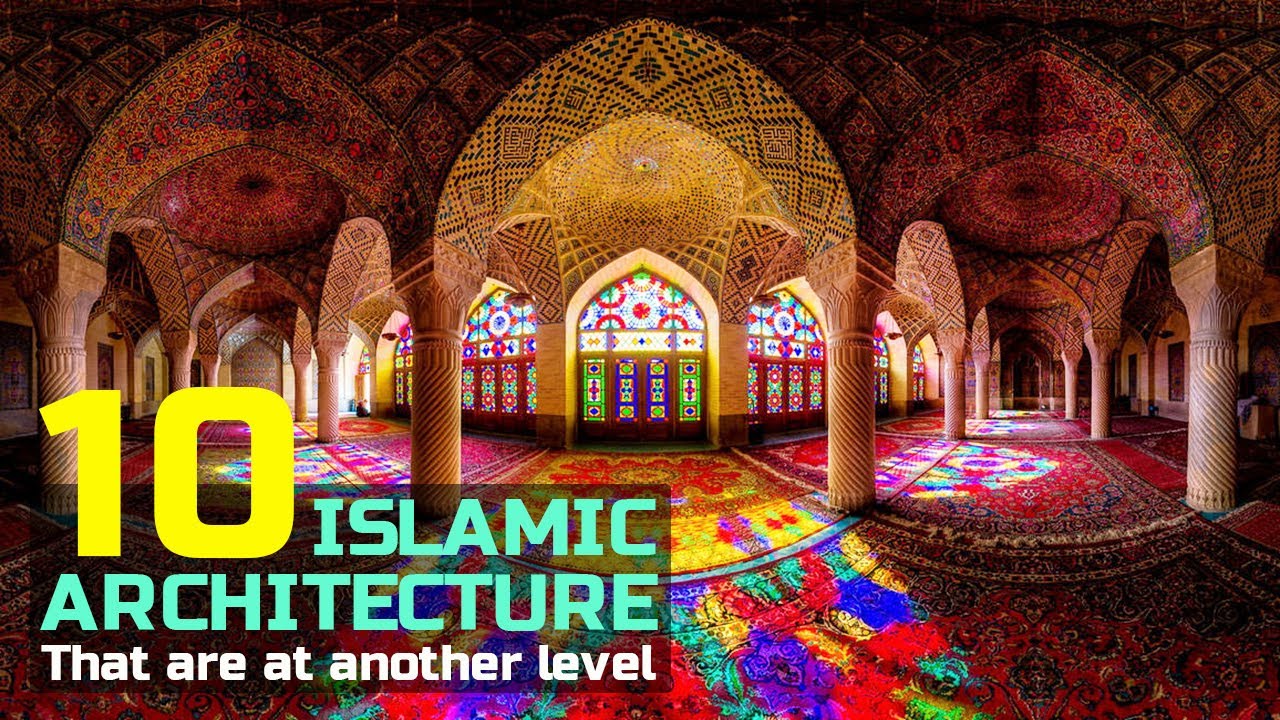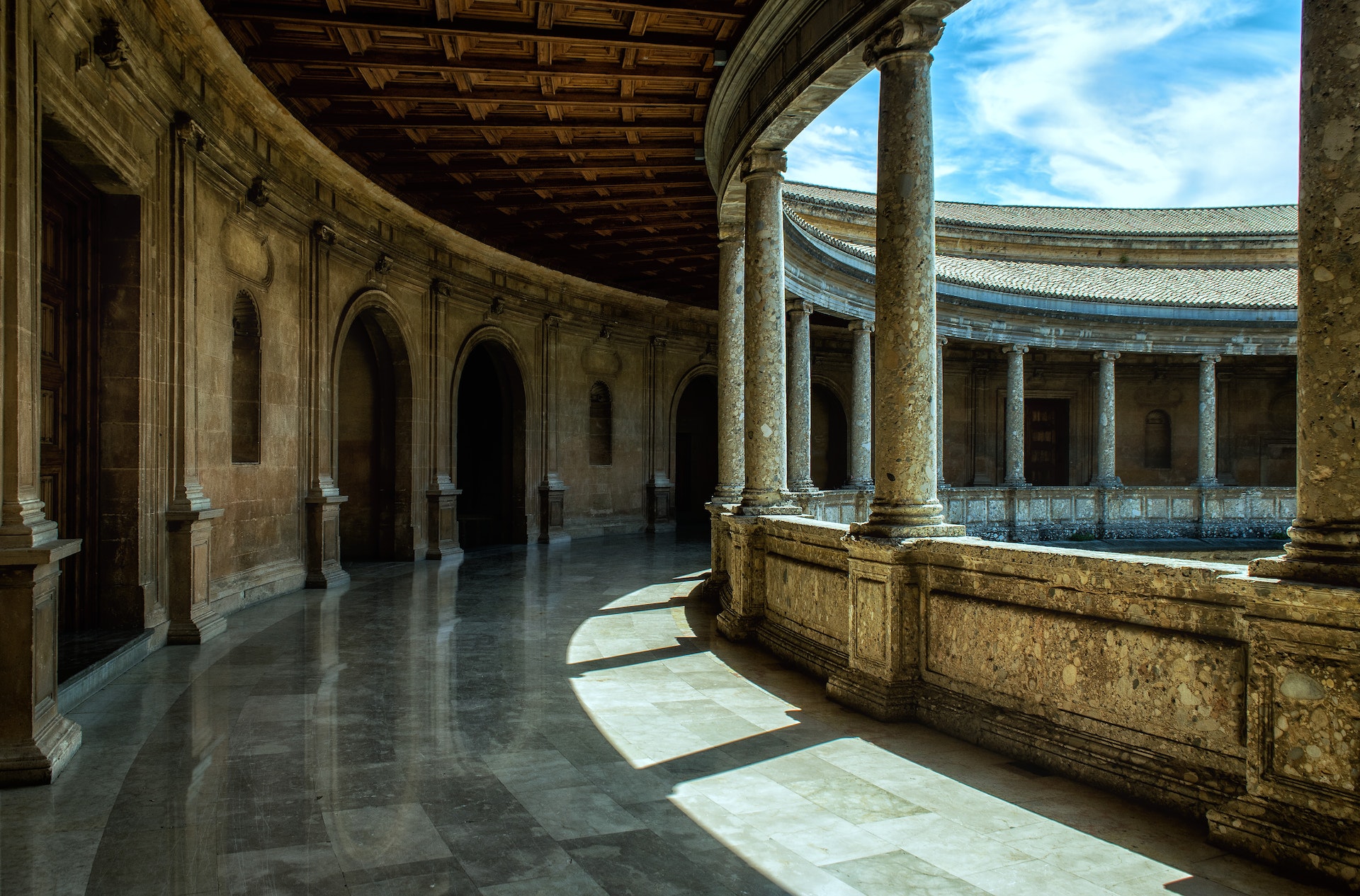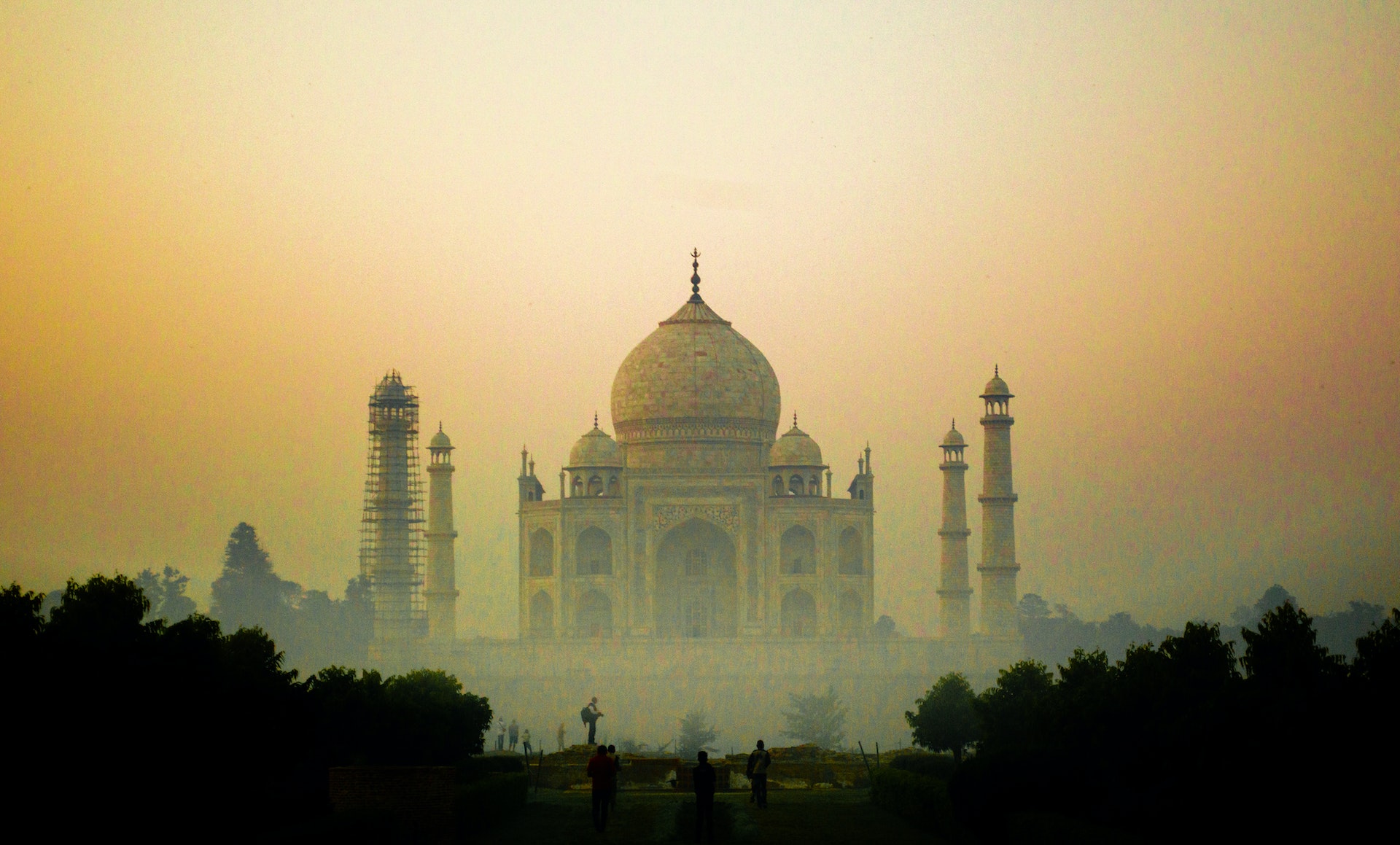Muslim Architecture: A Blend Of Art And Spirituality
Muslim architectureis a unique and fascinating aspect of Islamic culture, reflecting the deep spiritual and artistic traditions of the Muslim world. With its intricate designs, beautiful calligraphy, and awe-inspiring structures, Muslim architecturehas played a significant role in shaping the identity and culture of the Muslim world. In this article, we'll explore some of the key concepts and characteristics of Muslim architecture.
What Is Muslim Architecture?
Muslim Architecture it is characterized by intricate calligraphy, geometric patterns, the use of light, and grand arches and domes. Muslim architecture is based on the key concepts of unity, functionality, and simplicity.
This article also gives examples of some of the best Muslim architecture constructions such as the Great Mosque of Mecca, Alhambra, Dome of the Rock, The Blue Mosque, The Sheikh Zayed Grand Mosque, and The Great Mosque of Cordoba.
And review article some of the best Muslim architects in history such as Sinan, Al-Wasiti, Ustad Ahmad Lahori, and Hassan Fathy.
Characteristics Of Muslim Architecture
Muslim architecture is known for its unique style, which is characterized by the following features:
Islamic Calligraphy
Islamic calligraphy is a prominent feature of Muslim architecture, with intricate scripts adorning walls, arches, and domes. Calligraphy is considered a sacred art in Islam, and many Muslim architects and artists consider it an essential part of Islamic architecture.
Geometric Patterns
Geometric patterns are another hallmark of Muslim architecture, with intricate designs created using mathematical principles. These patterns are often found in tile work, carpets, and other decorative elements.
Use Of Light
Light plays a significant role in Muslim architecture, with intricate patterns of light and shadow adding depth and dimension to structures. This use of light is intended to create a spiritual atmosphere and to evoke a sense of awe and wonder in the viewer.
Arches And Domes
Arches and domes are prominent features of Muslim architecture, with many structures featuring grand arches and domes that symbolize the magnificence and power of Allah.
Key Concepts In Muslim Architecture
Muslim architecture is informed by a number of key concepts and ideas, including the following:
Unity
One of the central ideas in Muslim architecture is the concept of unity. Muslim architects seek to create a harmonious whole, with all elements of a structure working together in a cohesive and integrated way.
Functionality
Another key concept in Muslim architecture is functionality. Muslim architects aim to create structures that are not only beautiful, but also serve practical purposes.
Simplicity
Simplicity is also an important concept in Muslim architecture, with many structures characterized by clean lines and simple designs. This simplicity is intended to reflect the Islamic belief in the importance of humility and modesty. We are also giving examples of the best muslim architecture construction.
Great Mosque Of Mecca
The Great Mosque of Mecca, also known as the Masjid al-Haram, is one of the most important and sacred sites in Islam. The mosque surrounds the Kaaba, which Muslims believe was built by Abraham and Ishmael as a house of worship for Allah.
Alhambra
The Alhambrais a stunning palace and fortress complex in Granada, Spain. Built during the 14th century by the Nasrid dynasty, the Alhambra features intricate tile work, stunning arches, and beautiful gardens.
Dome Of The Rock
The Dome of the Rock is a beautiful Islamic shrine located in Jerusalem. Built in the 7th century, the shrine features intricate mosaics, beautiful calligraphy, and a gold-plated dome.
The Blue Mosque
The Blue Mosque, also known as the Sultan Ahmed Mosque, is a stunning mosque located in Istanbul, Turkey. Built in the 17th century, the mosque features beautiful blue tile work, stunning calligraphy, and grand domes and arches.
The Sheikh Zayed Grand Mosque
The Sheikh Zayed Grand Mosque is a beautiful mosque located in Abu Dhabi, United Arab Emirates. It was completed in 2007 and features stunning white marble, intricate calligraphy, and grand arches and domes.
The Great Mosque Of Córdoba
The Great Mosque of Córdoba, also known as the Mezquita, is a historic mosque-cathedral located in Córdoba, Spain. It was originally built in the 8th century and has undergone several expansions and renovations over the centuries. The mosque-cathedral features a beautiful mix of Islamic and Christian architectural styles, with stunning arches, domes, and intricate tile work.
The Hassan II Mosque
The Hassan II Mosque is a stunning mosque located in Casablanca, Morocco. It was completed in 1993 and features beautiful marble floors, intricate mosaics, and a grand minaret that is the tallest in the world.

10 Masterpieces of Islamic Architecture
Best Muslim Architects In History
For more information on the history of architecture, be sure to visit the Commercial Architecture Magazine website.
Here are five of the best Muslim architects in history, whose work has contributed significantly to the development and evolution of Muslim architecture:
Sinan
Sinan was a renowned Ottoman architect who is widely regarded as one of the greatest architects in Islamic history. He designed hundreds of structures, including mosques, palaces, and bridges, and his work is known for its innovative use of geometry and light.
Al-Wasiti
Al-Wasitiwas a 13th-century Iraqi architect and calligrapher who is known for his work on the Great Mosque of Baghdad. He was a master of Islamic calligraphy and his work can be seen in many prominent Islamic structures throughout the world.
Ustad Ahmad Lahori
Ustad Ahmad Lahori was a Mughal architect who is best known for his work on the Taj Mahal. He was one of the chief architects responsible for the design and construction of the iconic mausoleum, which is considered one of the most beautiful buildings in the world.
Hassan Fathy
Hassan Fathy was an Egyptian architect who is known for his innovative use of traditional building materials and techniques. He was a pioneer of sustainable architecture and his work has had a significant impact on the development of modern Islamic architecture.
Mimar Sinan Aga
Mimar Sinan Aga was a renowned Ottoman architect who is known for his work on many prominent structures throughout the Muslim world. He was a master of both engineering and design, and his work is characterized by its intricate use of geometry and light.
People Also Ask
What Is Muslim Architecture Known For?
The most noticeable thing about Islamic architecture is the way it is decorated with geometric shapes and different colors, especially with tiles. Geometric patterns from the Greeks, Romans, and Sasanian Empire are often used to make abstract designs for the inside of buildings.
What Are The 4 Types Of Islamic Architecture?
The mosque, the tomb, the palace, and the fort are the main building types in Islamic architecture. From these four types, Islamic architecture gets its vocabulary, which is then used for less important buildings like public baths, fountains, and homes.
What Is Islamic Architecture Called?
Muqarnas are sometimes used as decorations on these mihrabs.
Conclusion
In conclusion, Muslim architecture is a rich and diverse art form that has developed over centuries and across different regions of the world. It is characterized by its intricate geometric patterns, calligraphy, and use of light and space.
From the Alhambra in Spain to the Taj Mahal in India, Muslim architecture has left a lasting impact on the world and continues to inspire architects and designers today.

